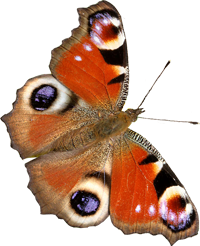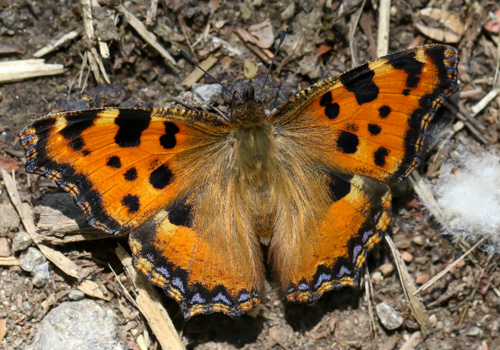
Geneva, Switzerland, June 2022
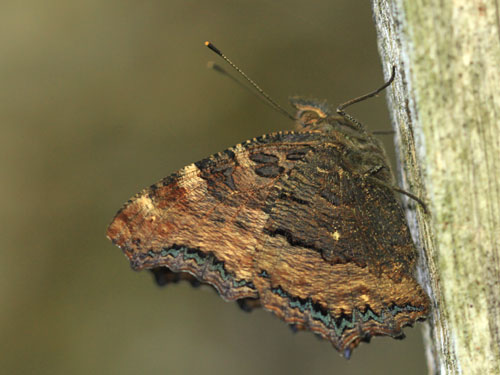
SE Serbia, June 2012
Field notes and information
One of the first hiberating species to fly as the days start to lengthen in the new year. It appears to be variable in abundance. When resident in the UK upto the 1960s it was known for its population boom and bust cycles. It is now extinct there, although there are several recent records so recolonisation may be possible. In Switzerland it was rather uncommon in the early and mid 2000s becoming more common and widespread in the late 2000s and early 2010s.
Identification & Similar species: Superficially similar to the usually very common small tortoiseshell, Aglais urticae. It is much larger, generally flies higher and around trees rather than over the ground and open places. In flight, the black basal area of the hindwing is visible in that species and the orange is distinctly rust dull in the current species.
Very similar to the yellow legged tortoiseshell, N. xanthomelas. Separated from it by several subtle features, notably its more yellowy upperside and a pale yellowish band inside the blue-black spots of the upperside hindwing.
Lacks the upperside white markings and much darker upperside of the false comma, N. vau-album, and white markings on the underside. That is an extremely rare species in Europe, only known to be resident in parts of Serbia.
Distribution & Flight: As with all the hibernating species, it is in spring that courting and mating occurs. The eggs are laid on very early growths of the foodplant so that by the end of spring, a new generation is on the wing. Usually this generation can be found from June through to August. Butterflies are generally hard to find at this time and they disappear to avoid the heat of high summer by aestivating or "summer hibernating". Infact this turns into real hibernation without any further activity until the very earliest warm days of the following spring.
Central and southern Europe and north Africa. Found on many Mediterranean islands. Migrant to the UK and much of Scandinavia.
Habitat & Behaviour: Forests and will wander into surrounding areas. Spends more time soaring around trees and bushes than close to the ground. Descends to take salts from mud, treated wood and other sources. Rarely found at flowers.
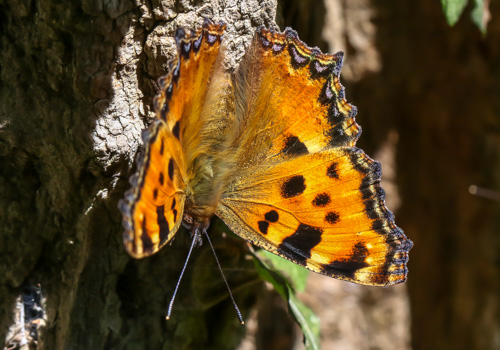
Geneva, Switzerland, June 2022
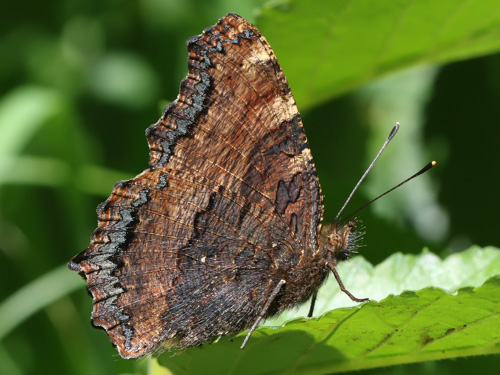
Geneva, Switzerland, June 2021
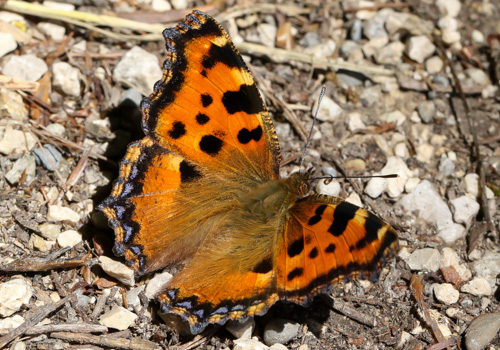
Geneva, Switzerland, June 2022
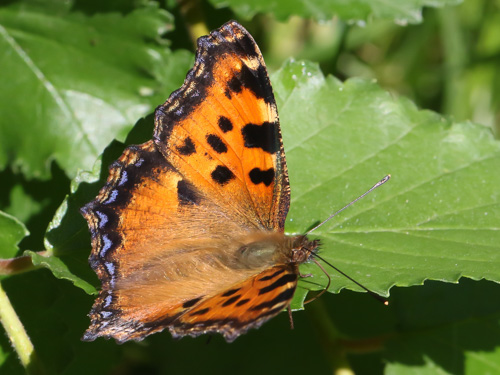
Geneva, Switzerland, June 2021
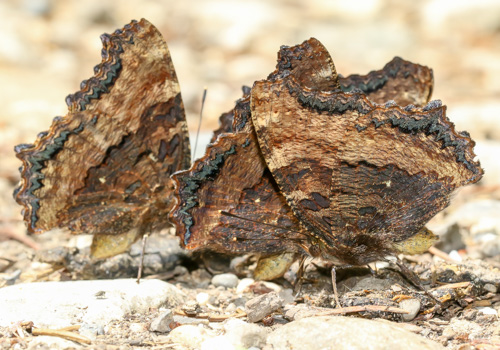
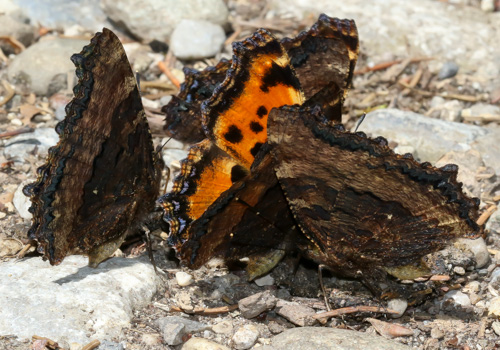
Geneva, Switzerland, June 2022
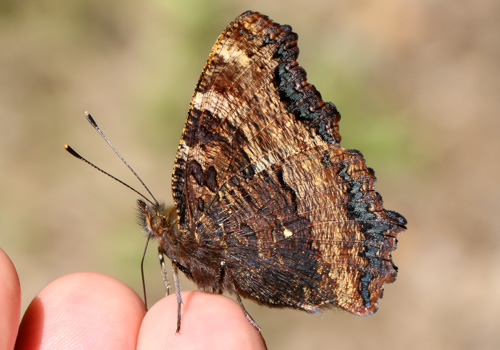
Geneva, Switzerland, June 2022
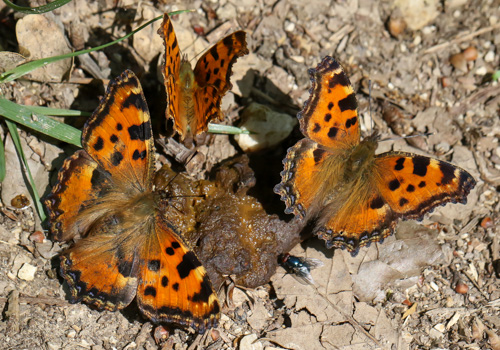
Geneva, Switzerland, June 2022
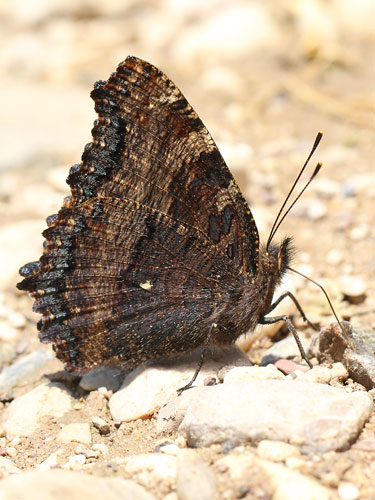
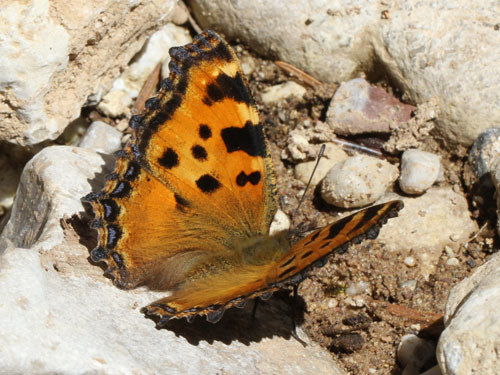
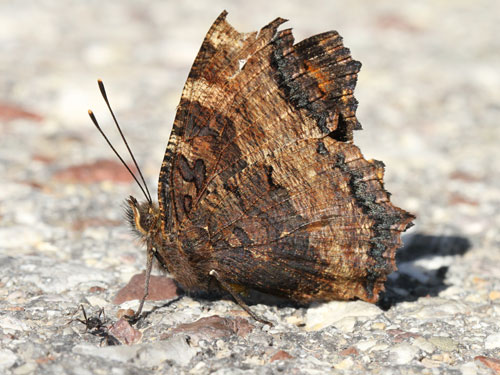
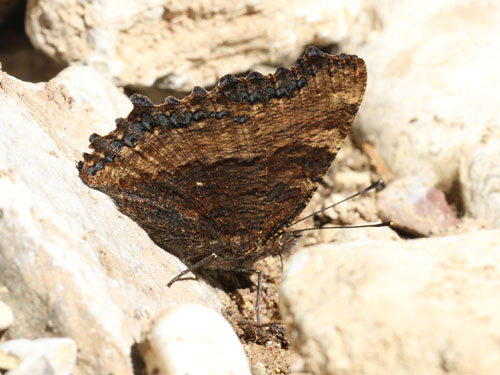
Peloppensos, Greece, June 2013
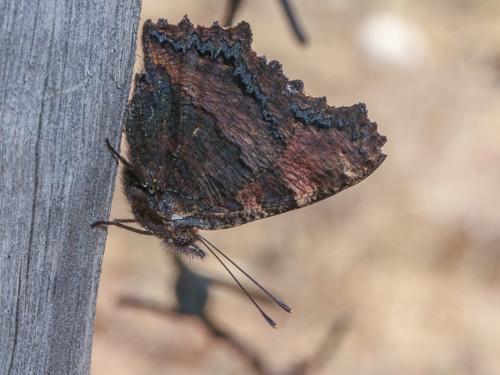
Middle Atlas, Morocco, August 2019
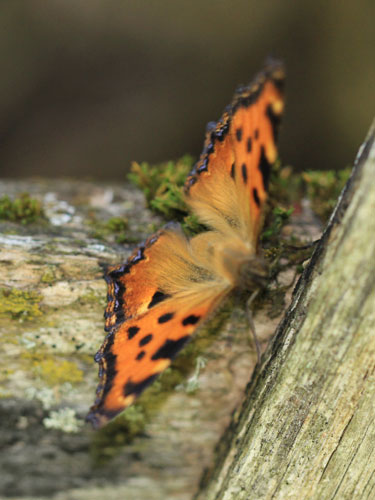
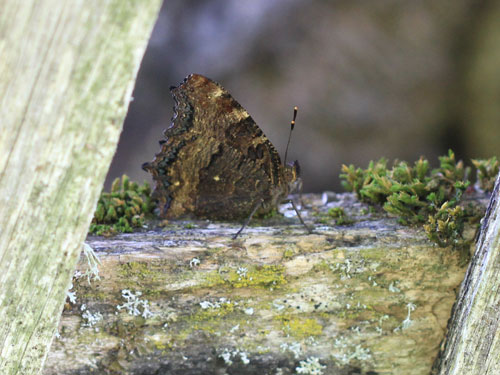
SE Serbia, June 2012
Unfortunately not N. vau-album nor N. xanthomelas which are both found here.
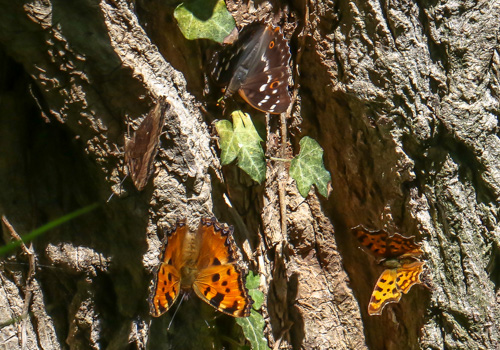
Geneva, Switzerland, June 2022
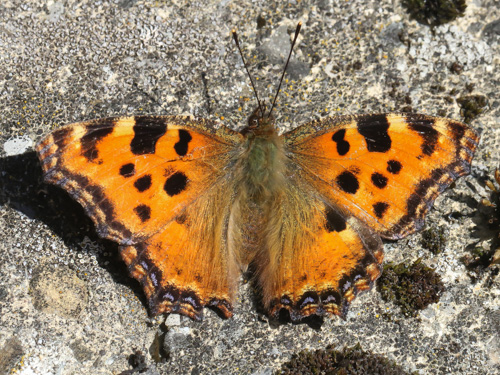
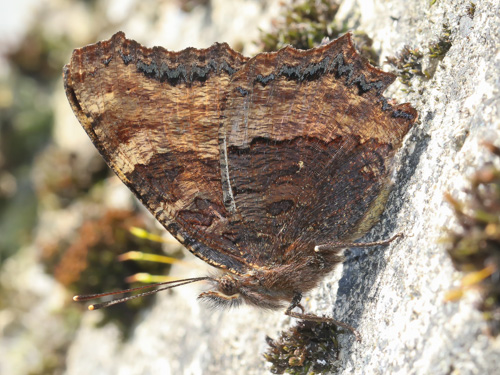
Vaud, Switzerland, March 2020
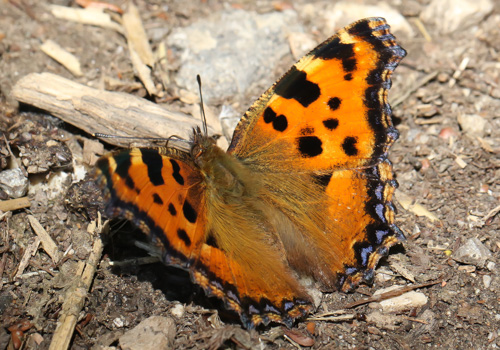
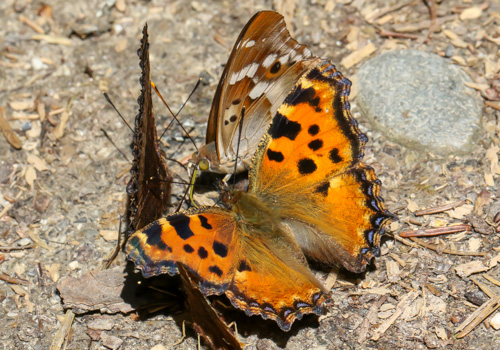
Geneva, Switzerland, June 2022
